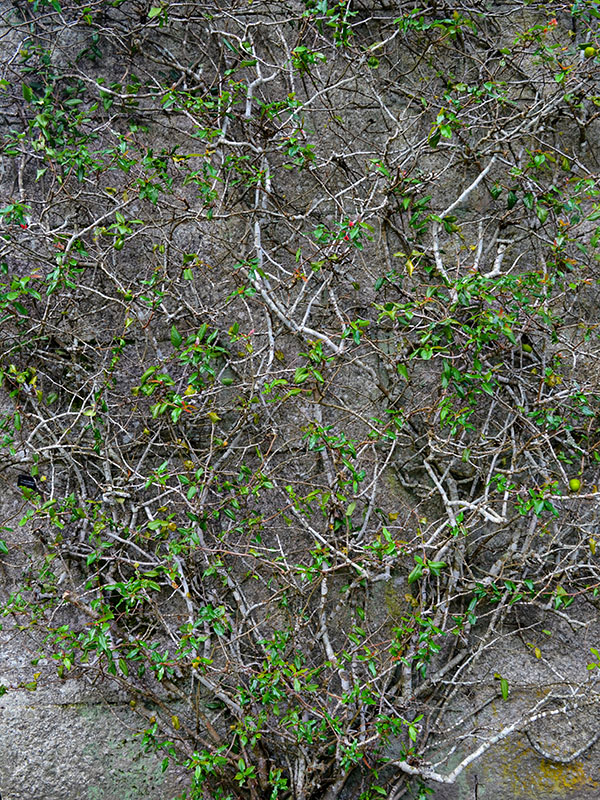
Woody > Chaenomeles > Chaenomeles speciosa > Chaenomeles speciosa
Chaenomeles speciosa
Flowering or Japanese Quince
Origin: Eastern Asia.
| Family |
| Rosaceae |
| Genus |
| Chaenomeles |
| Species |
| speciosa |
| Category |
| Woody |
| Type |
| Shrub (deciduous) |
| Pronunciation |
| USDA Hardiness Zone |
| 4 - 8 |
| Canadian Hardiness Zone |
| 2a - 8a |
| RHS Hardiness Zone |
| H4 - H7 |
| Temperature (°C) |
| -10 - (-20) |
| Temperature (°F) |
| 14 - (-4) |
| Height |
| 1 - 3 m |
| Spread |
| 1 - 5 m |
Photographs
Description and Growing Information
Flowering Period
| Landscape |
| Borders, hedges and specimen plant. |
| Cultivation |
| Full sun and partial-shade. Moist, well-drained sandy, loamy and clay soils. Prune immediately after flowering. Drought tolerant. |
| Shape |
| Dense and broad-rounded. |
| Growth |
| Medium |
| Pests |
| Susceptible to fungal leaf spot, fireblight and scab. Aphids can cause significant damage. Lesser pests include scale and mites. |
| Bark/Stem Description |
| Tangled and spiny twigs. |
| Leaf Description |
| Finely-toothed, oval to oblong leaves that are 8 - 9 cm long. |
| Flower Description |
| 5-petaled flowers, 5 cm in diameter. The flowers bloom before the leaves full unfold in a showy bloom. |
| Fruit Description |
| Hard, dot-speckled, edible fruit that are rather bitter when eaten fresh. 6 - 7 cm in size. |
| Colour Description |
| The twigs are a greyish-brown. The leaves are dark green. The flowers are a scarlet red colour and sometimes appear a pinkish-white. The fruit is yellowish-green. |
| Texture Description |
| Medium texture. The leaves are glossy in appearance. |
| Notable Specimens |
| Kings Park and Botanical Garden, Perth, Australia. |
| Propagation |
| Seed and cuttings. |
| Ethnobotanical Uses (Disclaimer) |
| Fruit can be cooked as used in jams and jellies. |

.jpg)
